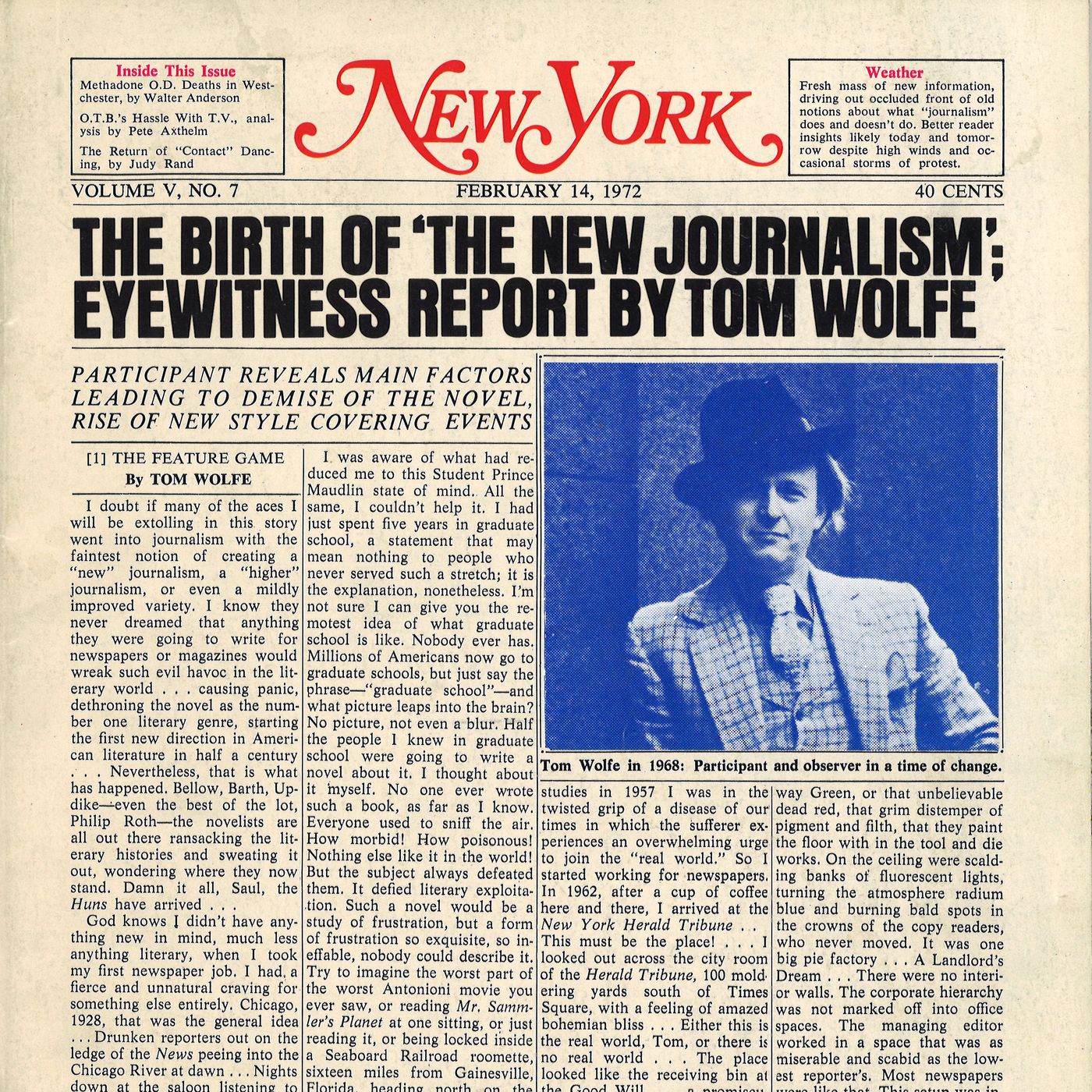News Articles - An Overview
Table of ContentsExamine This Report about News ArticlesLittle Known Facts About News Articles.The 6-Second Trick For News ArticlesThe Only Guide to News Articles10 Easy Facts About News Articles Shown
Great expertise of different subjects offers trainees an affordable edge over their peers. Also though electronic and social media sites are easily obtainable, we need to not forget just how vital it is to read the newspapers. Parents have to try and instill the routine of checking out a newspaper as a daily routine to proceed the legacy of the adored print medium.News stories additionally have at least one of the complying with vital attributes loved one to the desired target market: proximity, prestige, timeliness, human passion, oddity, or consequence.
Within these limitations, information tales also aim to be thorough. However, other elements are involved, some stylistic and some obtained from the media type. Among the larger and a lot more highly regarded newspapers, fairness and balance is a significant aspect in providing info. Discourse is normally restricted to a different section, though each paper may have a different total angle.
Newspapers with a worldwide target market, for instance, have a tendency to utilize a much more formal style of creating. News Articles.; usual design overviews include the and the United States Information Style Book.
The Definitive Guide to News Articles
Generally, reporters will not use a lengthy word when a brief one will do. They utilize subject-verb-object construction and vivid, energetic prose (see Grammar). They offer anecdotes, instances and allegories, and they seldom rely on generalizations or abstract ideas. Information writers try to avoid utilizing the same word extra than once in a paragraph (occasionally called an "resemble" or "word mirror").
Headings occasionally leave out the subject (e.g., "Jumps From Watercraft, Catches in Wheel") or verb (e.g., "Cat woman fortunate"). A subhead (additionally subhed, sub-headline, subheading, caption, deck or dek) can be either a subservient title under the major heading, or the heading of a subsection of the write-up. It is a heading that comes before the main message, or a group of paragraphs of the major message.

Extra billboards of any of these kinds might appear later in the post (especially on succeeding web pages) to attract more reading. Such billboards are also made use of as guidelines to the short article in various other sections of the magazine or site, or as promotions for the piece in various other magazine or websites. Regular framework with title, lead paragraph (summary in strong), various other paragraphs (information) and contact info.

Example of a hard-lead paragraph NASA is suggesting one more area job. The spending plan demands approximately $10 billion for the project.
An "off-lead" is the second most go to this website essential front page news of the day. To "bury the lead" is to begin the post with history details or details of secondary significance to the viewers, compeling them to read more deeply into a post than they need to have to in order to find the vital points.
How News Articles can Save You Time, Stress, and Money.
Typical use is that or two sentences each form their own paragraph. Reporters generally define the organization or structure of an information story as an inverted pyramid. The important and most fascinating aspects of a tale are placed at the start, with supporting details following in order of decreasing value.
It enables people to discover a subject to just the deepness that their inquisitiveness takes them, and without the imposition of details or nuances that they might take into consideration irrelevant, yet still making that details readily available to much more interested visitors. The inverted pyramid structure additionally makes it possible for articles to be cut to any kind of approximate size throughout design, to fit in the area available.
Some writers start their tales with the "1-2-3 lead", yet there are many kinds of lead readily available. This layout usually begins with a "5 Ws" opening up paragraph (as explained over), followed by an indirect quote that offers to sustain a significant element of the first paragraph, and after that a straight quote to support the indirect quote. [] A twist can refer to numerous things: The last tale in the information broadcast; a "satisfied" story to finish the show.
Longer short articles, such as publication cover posts and the pieces resource that lead the inside areas of a newspaper, are understood as. Function tales vary from straight news in numerous ways. Foremost is the absence of a straight-news lead, the majority of the time. Rather than using the essence of a tale in advance, feature writers may attempt to lure visitors in.
The News Articles Diaries
The reporter commonly details communications with interview topics, making the piece more personal. A feature's initial paragraphs often associate an intriguing moment or occasion, as in an "unscientific lead". From the details of an individual or episode, its view pop over here quickly expands to generalizations regarding the story's subject. The section that indicates what an attribute is around is called the or billboard.

The Editor's Toolbox: A Recommendation Guide for Beginners and Professionals (2001) Allan M. Siegal and William G. Connolly. The New York City Times Manual of Design and Use: The Authorities Design Guide Made Use Of by the Writers and Editors of the World's Many Authoritative Newspaper (2002) M. L. Stein, Susan Paterno, and R.